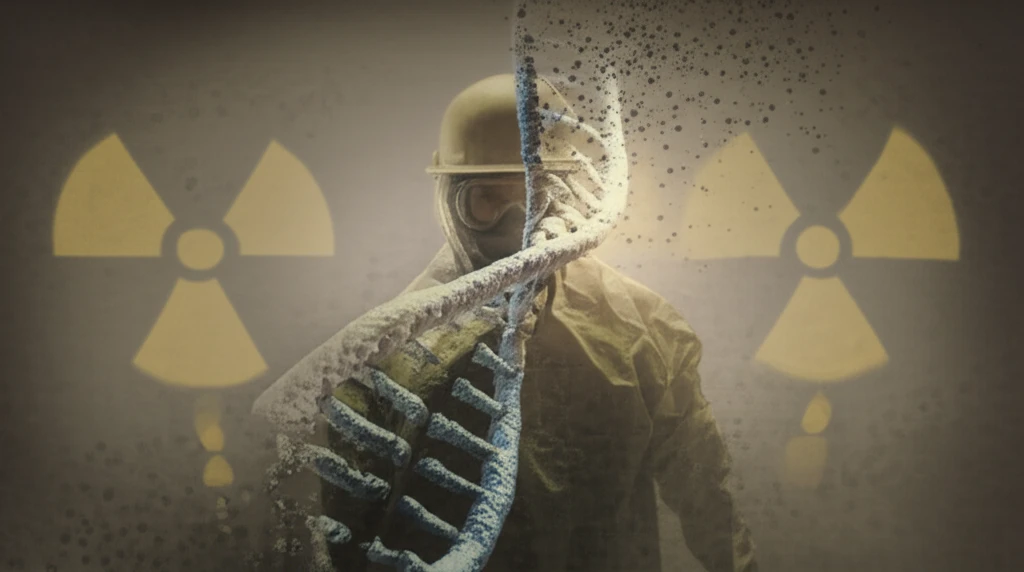
Are We Underestimating the Risks? Genetic Damage in Uranium Processing Workers
"A new study analyzes genetic damage in former uranium processing workers, revealing surprising insights into radiation exposure and long-term health effects."
For years, the health risks associated with radiation exposure have been a significant concern, particularly for individuals working in industries dealing with radioactive materials. Uranium processing, an essential part of the nuclear fuel cycle, exposes workers to various forms of radiation, raising questions about the potential long-term effects on their health. Understanding the nature and extent of genetic damage in these workers is crucial for developing effective safety measures and healthcare strategies.
A recent study published in Cytogenetic and Genome Research delves into the analysis of genetic damage in lymphocytes—a type of white blood cell—of former uranium processing workers. The research focuses on individuals who were employed at the MAPE Mydlovary plant, a uranium processing facility in the Czech Republic that ceased operations in 1991. By examining the frequency of cells containing micronuclei (MN) and the presence of centromeres in these MN, the study aims to shed light on the subtle yet significant impacts of radiation on the workers' genetic material.
This research is particularly important because it challenges some of the existing assumptions about radiation exposure and its effects. While previous studies have focused on uranium miners, this investigation looks at processing workers, who have different exposure pathways. Understanding these differences can help refine our knowledge of how various forms of radiation affect human health and what specific precautions are needed in different industrial settings. The findings could potentially influence future radiation safety protocols and healthcare practices for workers in similar environments.
Decoding the Study: What Did Researchers Measure?

The research team, led by Friedo Zölzer and colleagues, analyzed blood samples from 98 men in Southern Bohemia, Czech Republic. Of these, 46 had previously worked at the MAPE Mydlovary uranium processing plant, while 52 were controls from the same area. This setup allowed for a comparative analysis between those with known radiation exposure and those without, providing a baseline for understanding the specific impacts of uranium processing work.
- Collection of Blood Samples: Blood samples were collected from 98 male individuals, 46 of whom were former workers at the MAPE Mydlovary uranium processing plant, and 52 controls from the same area.
- FISH Technique: Fluorescence in situ hybridization (FISH) was used to detect micronuclei (MN) in lymphocytes, identifying those with centromeres (CEN+) and those without (CEN-).
- Analysis of Binucleated Cells (BNC): A total of 1,000 binucleated cells (BNC) per participant were analyzed after cytochalasin B treatment to assess genetic damage.
- Statistical Analysis: Statistical methods, including Student's t-test, were used to compare the data between the exposed and control groups.
The Bigger Picture: Implications and Future Research
This study provides a valuable contribution to our understanding of the long-term health effects of radiation exposure in uranium processing workers. While the results may seem surprising, they highlight the complexity of the relationship between radiation and genetic damage. Future research should focus on further exploring the role of radon exposure and genomic instability, as well as investigating the potential impact of other environmental factors. Ultimately, this knowledge will help in refining radiation safety protocols and developing more effective healthcare strategies for those who work in potentially hazardous environments.
